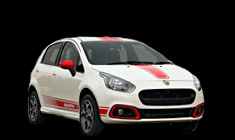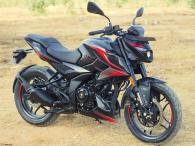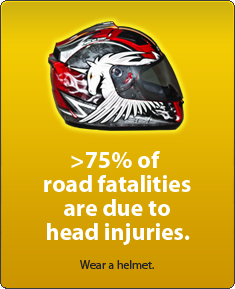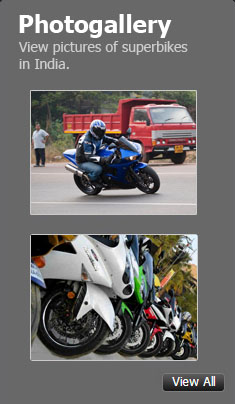News
Fuel economy of hybrid cars on highways: Confused about Innova Hycross
Self-charging is good for fuel efficiency for city drives. But when it comes to highways, it is something that keeps bothering my mind.
BHPian mycar recently shared this with other enthusiasts.
Hi all BHPians,
I am planning to upgrade from a 5 to a 7-seater and looking for some suggestions w.r.t. hybrids on highways, as I am not roaming the city in a car.
I have been waiting for Innova Hycross and reading a lot of blogs and details about the TNGA 5th-gen hybrid and how the system works. Thanks to all BHPians who have been sharing inputs on the blogs and I love their comments as well. I see that self-charging gives good mileage when it comes to city drives. But when it comes to highways, it is something that keeps bothering my mind.
I am a fan of the Prius hybrid and also the Tata Safari. The new Safari is really tempting me to go and book it. But at the same time, because it's available only in diesel, it is making me take a step back. The Innova Hycross is also making me do the same and this question, "how does hybrid work on highways?" prevents me.
As long as the battery has enough charge, on the highway, at full acceleration, the motor does help by giving power along with the gasoline engine and thus saves gasoline. But, if there is the concept of charging the battery at the same time while discharging (I mean charging and using the battery at the same time) then I am not sure how long the battery will sustain.
As per the battery working procedure, I know that charging and discharging are not at all possible at the same time with the same path (circuit). But, as this hybrid technology uses various paths for charging and discharging, just like a mobile phone where you can use the phone while charging, it makes me think twice. Certainly, if we are using mobile phones while charging, then depletion of the battery increases twice or maybe more times as fast as while using with normal full charge procedure.
I think this is a good technical point for all those who are looking to buy the Hycross hybrid. I did watch Toyota's videos and also some others, to understand more, but none of them is giving me deep information about this process. If anyone has any inputs, please share so that it can help me make up my mind and move further.
Here's what GTO had to say about the matter:
I wouldn't have expected hybrids to be as fuel-efficient on the highway, as their real strength is in the city. However, we have two Camry owners who have reported 18-19 kmpl and 22 kmpl on the highway.
I am pleasantly surprised. Really looking forward to FE posts from Hyryder & Innova Hycross owners.
Here's what BHPian alpha1 had to say about the matter:
Well to recapitulate the concepts of Hybrid EV:
- The most fuel-inefficient action of the internal combustion engine (ICE) is acceleration. When the vehicle starts from a standstill to say 80 kmph. There are multiple reasons for this, the most important is that ICE has a poor torque curve. When you start, you require high torque; ICE can give high torque at sufficiently high RPM. That means you need a clutch which slips = energy loss.
- Second, the ICE needs to run through gearing in order to produce wheel usable torque, so you need to run your engine through RPM range (low to high), change the gear (because you don't want to be trudging at 10 kmph while your engine howls at 5000 RPM) - and you follow this exercise till you reach 80 kmph at 5th or 6th gear. This means till the point you reach 80 kmph at the highest gear, you are actually burning more fuel and travelling less distance.
- This means the only efficient way you use ICE is cruising at the highest possible speed and highest possible gear and lowest possible RPM (that's when the engine produces the lowest torque - hence burning the least fuel).
- Hybrid EVs use electric drive (motor) for acceleration and regenerative braking and ICE during cruising. So you are right about the closed circuit of acceleration and braking plus friction losses should lead to energy loss (otherwise it becomes a perpetual motion machine), however, you need to account for the energy inputs by the ICE during the entire driving process also into the equation. In a way, the ICE is also powering your battery along with moving your car.
I know that my post is not a direct answer to your question (regarding the experience), but I thought it would be prudent to revisit the working principles.
Here's what BHPian nandrive had to say about the matter:
If your worry is about highway mileage of Toyota hybrids I can assure you from my personal experience that you are going to get really great mileage even on highways. If your worry is about the longevity of batteries since charge/discharge happens simultaneously, I do not know the answer, I trust Toyota engineers.
I drive an AWD Toyota Rav4 2.5L hybrid in Australia which has a kerb weight of 1745kgs. In the 2022 year-end break (peak summer in Australia, can't even think of switching off AC) I drove 5300kms with 5 people on board. Here highways are usually rated at 110kmph and I always drive at the speed limit (99% of the time ADAS does the driving). I calculated the mileage of the entire trip using the tank full method and I got 18.1 km/l for the trip.
Until now I have driven close to 29000kms and my average fuel consumption stands at 18.57 km/l (tank full method). I guess Hycross should be able to give better mileage than this. Indian conditions like busier highways and lower speed limits should help achieve better mileage, of course, one should drive sanely.
Here's what BHPian exhaustpipe had to say about the matter:
I once drove my Camry Hybrid from Delhi to Chandigarh with the sole objective of achieving maximum FE. It was a day trip during winter with normal traffic.
The car returned a FE of ~24kmpl. The instant FE graph in the centre console helped a lot in assessing the right amount of pressure I had to apply to the accelerator. TBH, it blew my mind away. Especially considering the fact that Camry is not a small car.
This of course is not practical.
Check out BHPian comments for more insights and information.



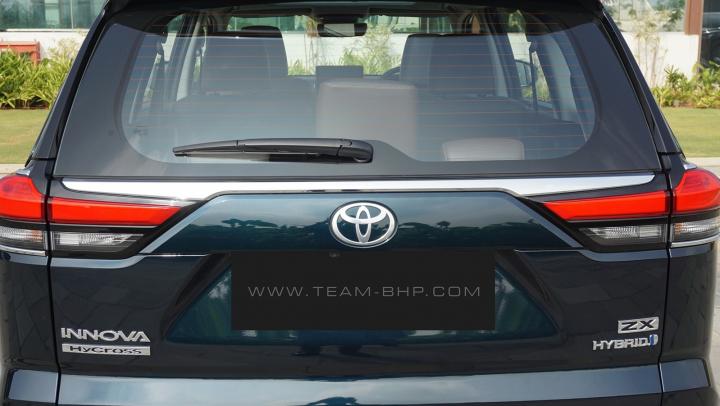








_0.png)



